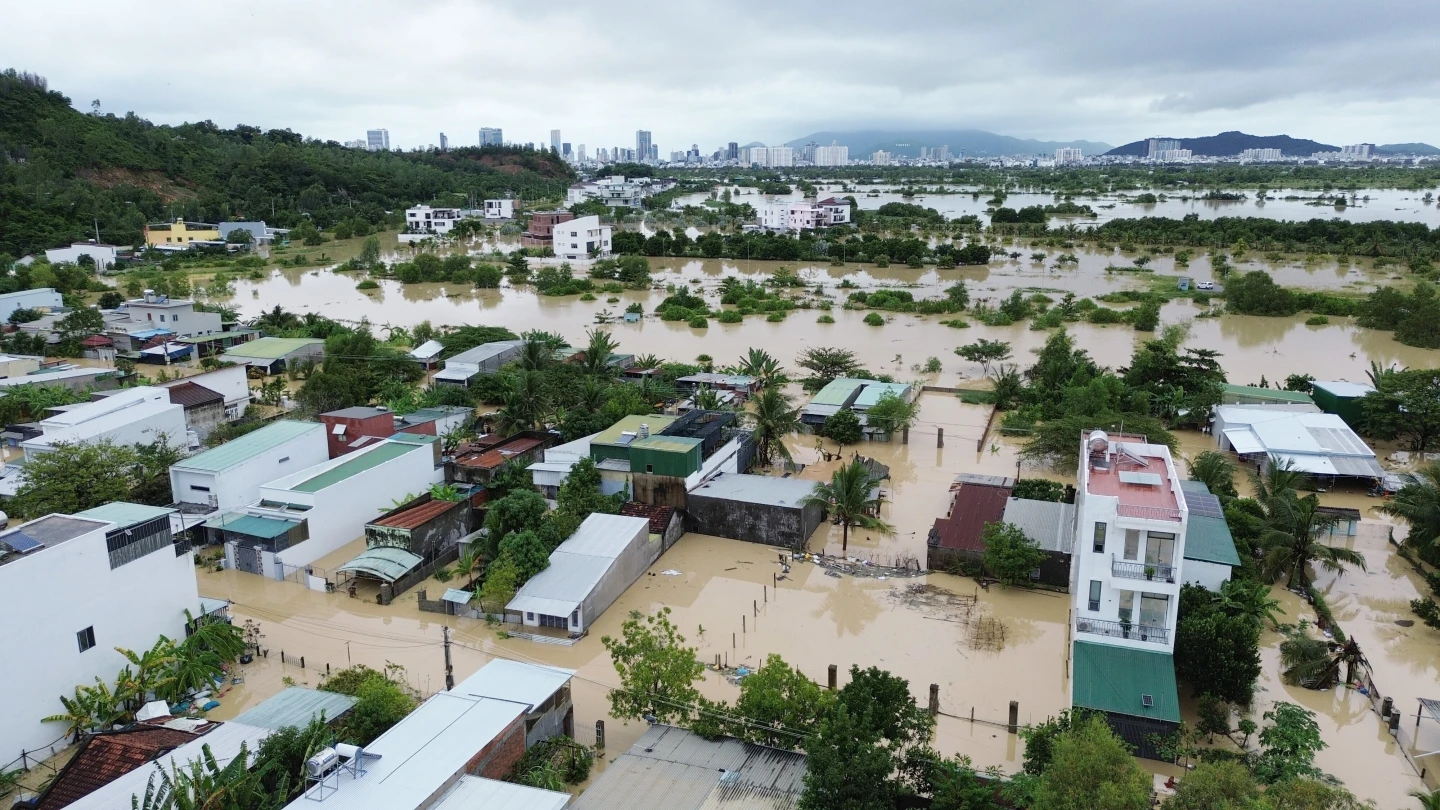Apple Inc. is considering increasing the prices of its upcoming iPhone lineup this fall, a move aimed at preserving profit margins as the company navigates ongoing supply chain challenges and evolving global trade policies.
According to individuals familiar with the matter, Apple plans to frame any price hikes around new features and design innovations, rather than linking them to tariffs on Chinese imports.
While the United States and China recently agreed to suspend many of the retaliatory tariffs imposed during their years-long trade dispute, a 20% tariff on smartphones—introduced early in President Trump’s second term—remains in place. This continuing levy affects Apple particularly, as China still leads production of its most advanced models, including the iPhone Pro and Pro Max.
Apple has publicly avoided attributing rising costs to trade policies. Executives are reportedly wary of appearing political, especially after recent backlash against companies that highlighted tariff-related pricing effects. Instead, Apple is expected to emphasize the value of new hardware and features, such as the upcoming ultrathin model that may replace the current iPhone 16 Plus.
Despite efforts to diversify its supply chain, Apple remains heavily reliant on Chinese factories for its high-end smartphones. Although the company is ramping up production in India—where it aims to source a majority of iPhones for the US market by the end of next year—analysts say India’s manufacturing infrastructure is still not ready to produce high volumes of Pro models.
In 2023, Apple sold approximately 65 million iPhones in the US, with over half being Pro or Pro Max versions, according to estimates by Jefferies. These models, which feature premium components like advanced camera systems and larger batteries, continue to be assembled primarily in China. People familiar with Apple’s supply chain say that trying to offset tariff costs entirely through internal cost savings would be difficult, making price increases a likely outcome.
Apple CEO Tim Cook has been proactive in managing the risks posed by US-China tensions. Earlier this year, the company shifted more production to India and built up inventories ahead of tariff changes. Cook recently stated that most iPhones shipped to the US during the second quarter would be assembled in India.
However, even with this shift, production volumes in India are expected to fall short of covering demand in both the US and Indian markets. Analyst Abhilash Kumar of TechInsights projects that India may be capable of meeting this dual-market demand by late 2026 or early 2027. Meanwhile, China will remain critical to Apple’s supply chain for the foreseeable future, particularly for sourcing and assembling components.
Shares of Apple rose in premarket trading following reports of the potential price changes. The upcoming iPhone models, expected to be branded as the iPhone 17 series, are anticipated to launch in the fall as per Apple’s usual release schedule. Current pricing ranges from $799 for the base model iPhone 16 to $1,199 and up for the Pro Max.
Bloomberg, Reuters, and the Wall Street Journal contributed to this report.










The latest news in your social feeds
Subscribe to our social media platforms to stay tuned